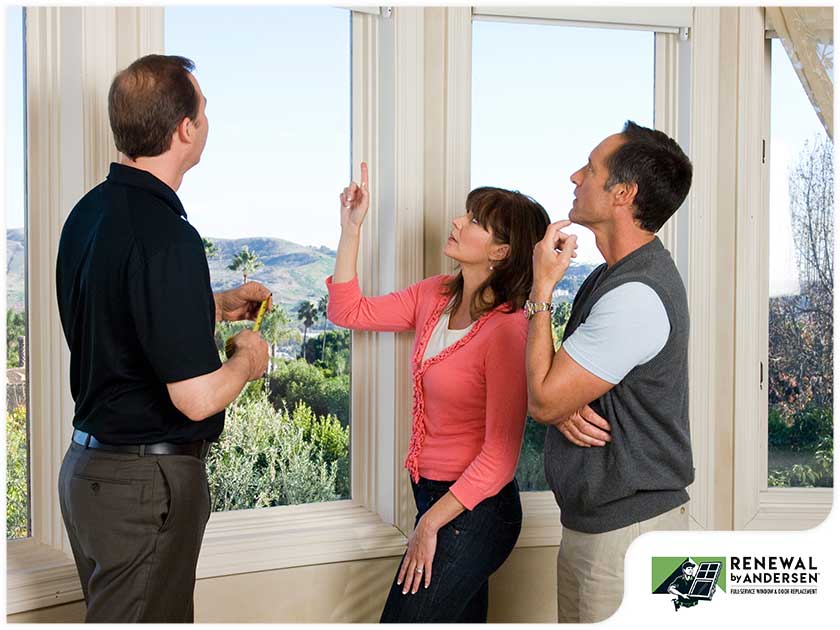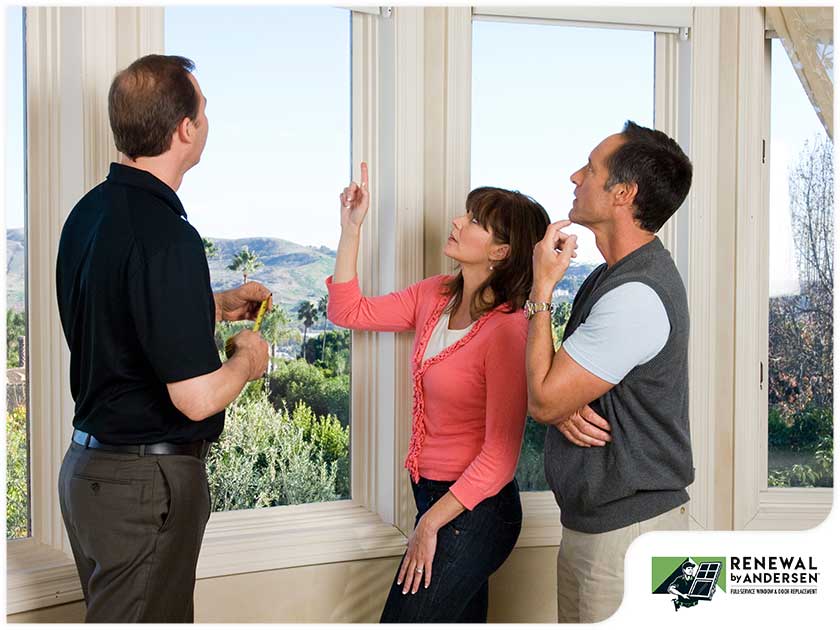MENU


When browsing for new casement and double-hung windows, style and energy efficiency are two key things to consider. When evaluating the energy efficiency of a window, you need to look at the u-factor and solar heat gain coefficient (SHGC). These ratings tell you a lot about a window’s ability to insulate and regulate heat loss, which helps in keeping your home energy-efficient.

Many homeowners replace their windows because they’re damaged and/or experiencing problems such as air leakage and window seal failure. But when looking for new windows, they only look at the energy efficiency rating and tend to forget about the air leakage rating. This is problematic because air leakage is a crucial factor that should be taken into account when planning your window replacement.
Whether you’re looking to replace your old double-hung or casement windows, it helps to understand why the air leakage rating matters for your home. Renewal by Andersen® of Cincinnati has more insight on what you need to know about air leakage:
Also known as air infiltration rate, air leakage is the measurement of air that passes through the window itself. Although no seal is able to keep 100% of outdoor air from leaking into your home, energy-efficient windows do a very good job.
The National Fenestration Ratings Council (NFRC) is responsible for determining the air leakage rating for windows, as well as other important ratings such as visible transmittance, SHGC and u-factor. They’re a nonprofit organization that provides independent energy-performance ratings for fenestration products that include windows, skylights and doors. They measure air leakage on a scale of 0.1 to 0.3, with 0.1 being the least amount of air that passes through the window.
The air leakage rate of your windows is calculated before the installation. This is calculated by how many cubic feet of air can pass through a window in a minute. That number is then divided by the total area of the window. To ensure that the windows perform as expected, they must be installed by trusted and experienced window installation contractors. A professional installer will make sure that there won’t be any drafts after the window installation!
Although lower air leakage-rated windows are better in theory, not all air leakage ratings below 0.1 are recognized by the NFRC. This is because the lower numbers often mean there’s hardly any difference between the units. The difference is too insignificant to be meaningful. However, it’s important to know how to properly interpret a window’s air leakage rating.
A window’s air leakage rating contributes to its overall performance and energy efficiency, so it shouldn’t be overlooked. A good tip to keep in mind is to look for windows that have an air leakage rating of at least 0.3 or below. These windows are usually deemed energy-efficient by both the NFRC and ENERGY STAR.
When shopping for new windows, the air leakage rating is important, but there are other things you need to consider too. As a local window installer, we strongly suggest that you consider the unit’s energy rating as well or it won’t offer adequate efficiency for your home. If a company tries to sell you their windows just based on the air leakage or SHGC, this could be a red flag indicating the products are likely lacking in other ratings. Windows made with fiberglass or wooden frames won’t have an air leakage rating as good as that of vinyl windows.
Vinyl windows work well at preventing heat transfer in and out of your home. Their insulation properties are better than that of wood and fiberglass. But if you want a material that’s twice as strong as vinyl while having much better rigidity and stability, we recommend our proprietary Fibrex® windows. They’re made from a composite material of reclaimed wood fiber and thermoplastic polymer that creates a weathertight seal that can stand against the elements. We offer our Fibrex windows in different styles including double-hung and casement windows.
If you’re planning to stop air leaks from driving up your energy bills, you’ll need to seal any existing air leaks in your windows. Your doors may also have small gaps and cracks that need sealing, so don’t forget to check on them as well. To do this, make sure all your windows and doors are closed and light a stick of incense near each of them. Put the stick near their frames and other places where drafts can leak through. You can tell from the smoke movement where the drafts are coming from, so mark these spots for caulking and weather-stripping.
When it comes to quality casement and double-hung windows, you can always count on the products and services offered by Renewal by Andersen of Cincinnati! Call us at (866) 609-5033 or fill out our convenient contact form to get started! We serve our customers in Cincinnati, West Chester and the neighboring areas of Ohio.